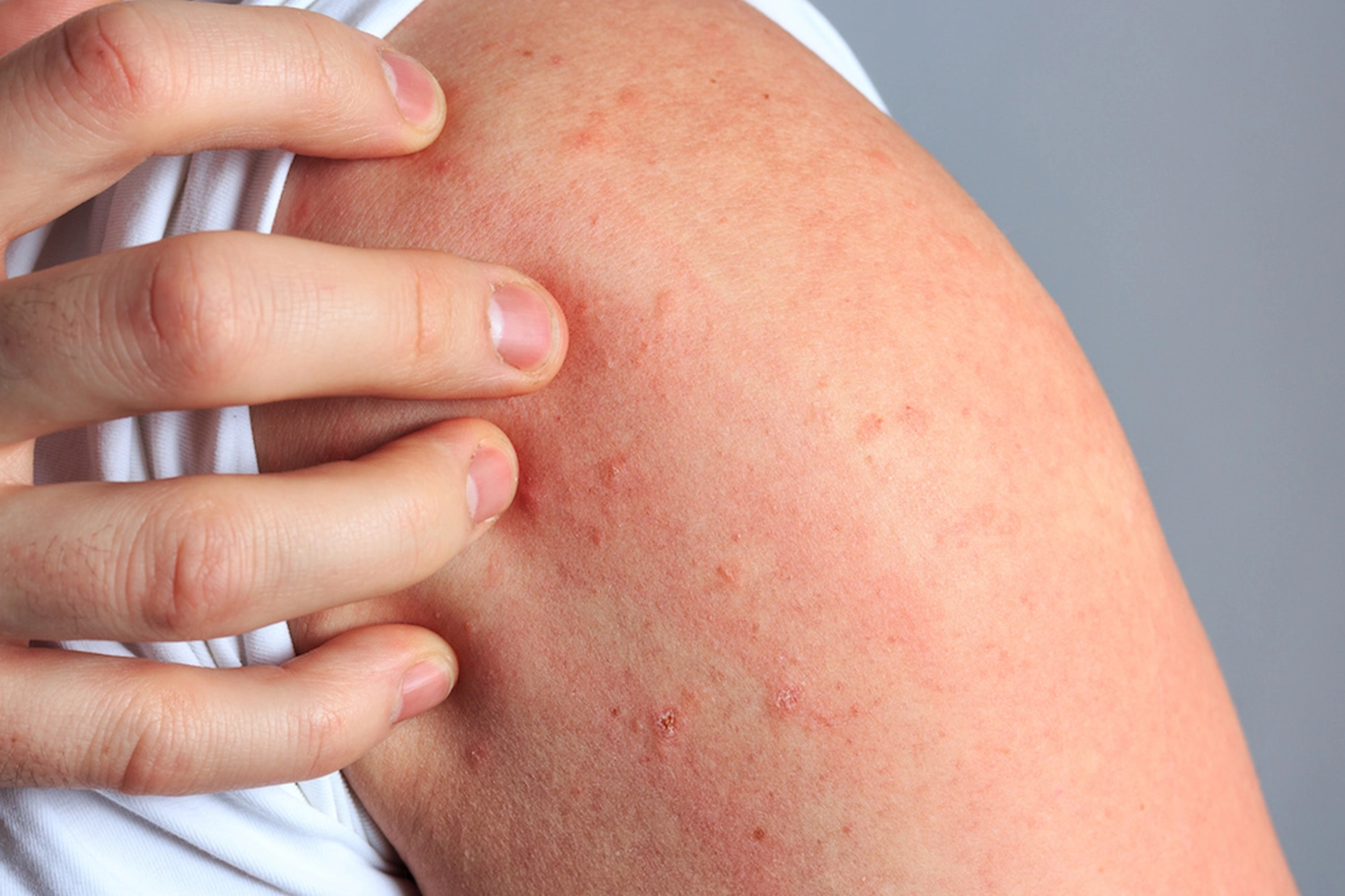HEALTH BLOG
What is a Vaginal Ring and How Can It Improve Women's Health?
-
Rahul Priydarss
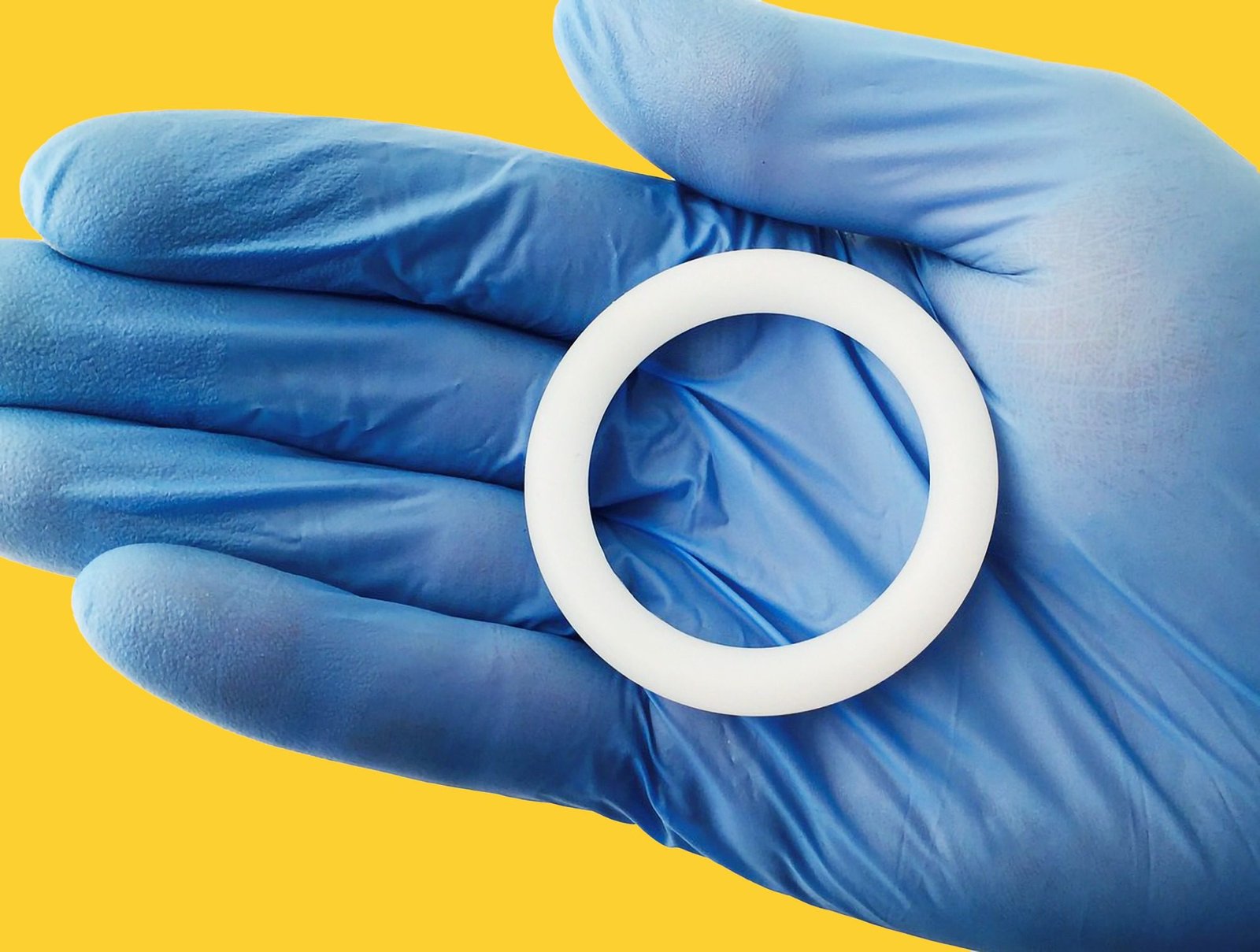
T
he dynamic landscape of women’s health and advancements in medical tech. are constantly offering innovative solutions.
Table of Contents
By the way, what is a vaginal ring a discreet And effective method that addresses various health concerns. this article Explores various aspects of vaginal rings ranging from their types and functions Their benefits and possible side effects. In this comprehensive guide, we explore the complications of vaginal rings, their types, mechanisms, advantages, and possible considerations for individuals seeking.
How Can It Improve Women’s Health?
This discreet and effective contraceptive device not only provides a practical solution for family planning but also plays an important role in the management of various health conditions. In this comprehensive guide, we explore the complexities of vaginal rings, their types, mechanisms, advantages, and possible considerations for individuals seeking a reliable and convenient method of contraception.
What is a Vaginal Ring?
At its core, the vaginal ring is a small, flexible device designed to be inserted into the vagina. It is a hormonal contraceptive method that releases specific hormones to regulate the menstrual cycle. It not only prevents ovulation but also creates a barrier that prevents sperm from reaching the egg, reducing the risk of unplanned pregnancies.
Types of Vaginal Rings
There are primarily two types of vaginal rings available in the market:
- Hormonal Vaginal Rings: These rings release hormones such as estrogen and progestin, mimicking the natural menstrual cycle. This hormonal regulation is effective in preventing ovulation and, consequently, pregnancy.
- Non-Hormonal Vaginal Rings: For individuals seeking alternatives without hormonal interference, non-hormonal options are available. These rings provide contraceptive benefits without introducing additional hormones into the body.
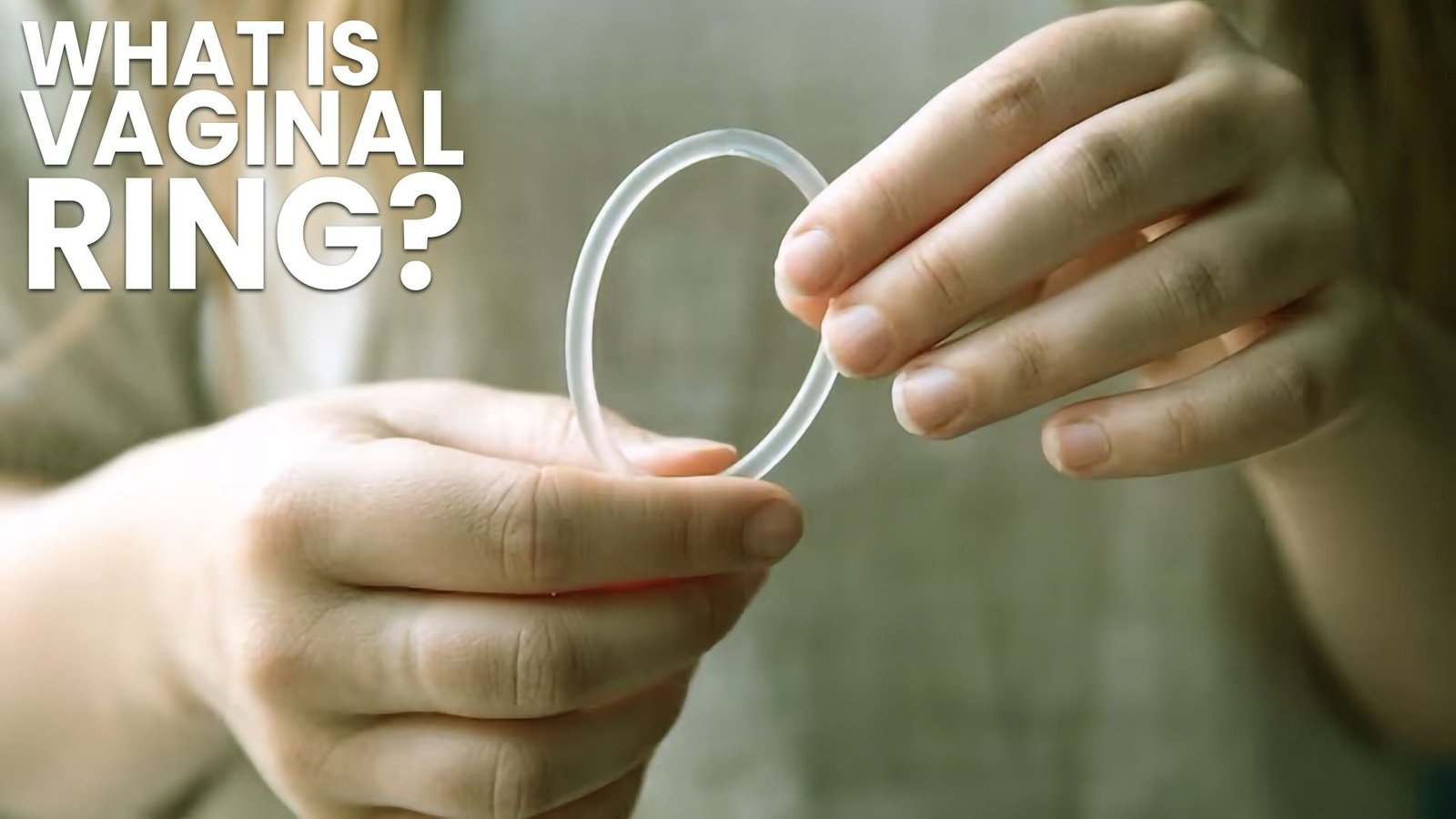
How Do Vaginal Rings Work?
Hormonal Regulation:
The mechanism behind hormonal vaginal rings involves the controlled release of specific hormones. These hormones regulate the menstrual cycle, suppressing ovulation and creating an environment less conducive to fertilization.
Preventing Pregnancy:
Beyond hormonal regulation, the physical presence of the vaginal ring acts as a barrier. It prevents sperm from reaching the egg, ensuring an additional layer of protection against unplanned pregnancies.
Managing Health Conditions:
While commonly known for contraception, vaginal rings also play a significant role in managing health conditions. They are prescribed to individuals dealing with issues like endometriosis and polycystic ovary syndrome (PCOS), providing both contraceptive benefits and symptom relief.
Advantages of Vaginal Rings
Convenience:
One of the notable advantages of vaginal rings is their convenience. Unlike daily reminders associated with some other forms of birth control, vaginal rings require only a once-monthly application.
Effectiveness:
Vaginal rings boast a high success rate in preventing pregnancies. Their reliable nature makes them an attractive option for individuals seeking long-term contraception.
Reduced Side Effects:
Compared to traditional birth control methods, vaginal rings often result in fewer side effects. This reduction contributes to increased user satisfaction and comfort.
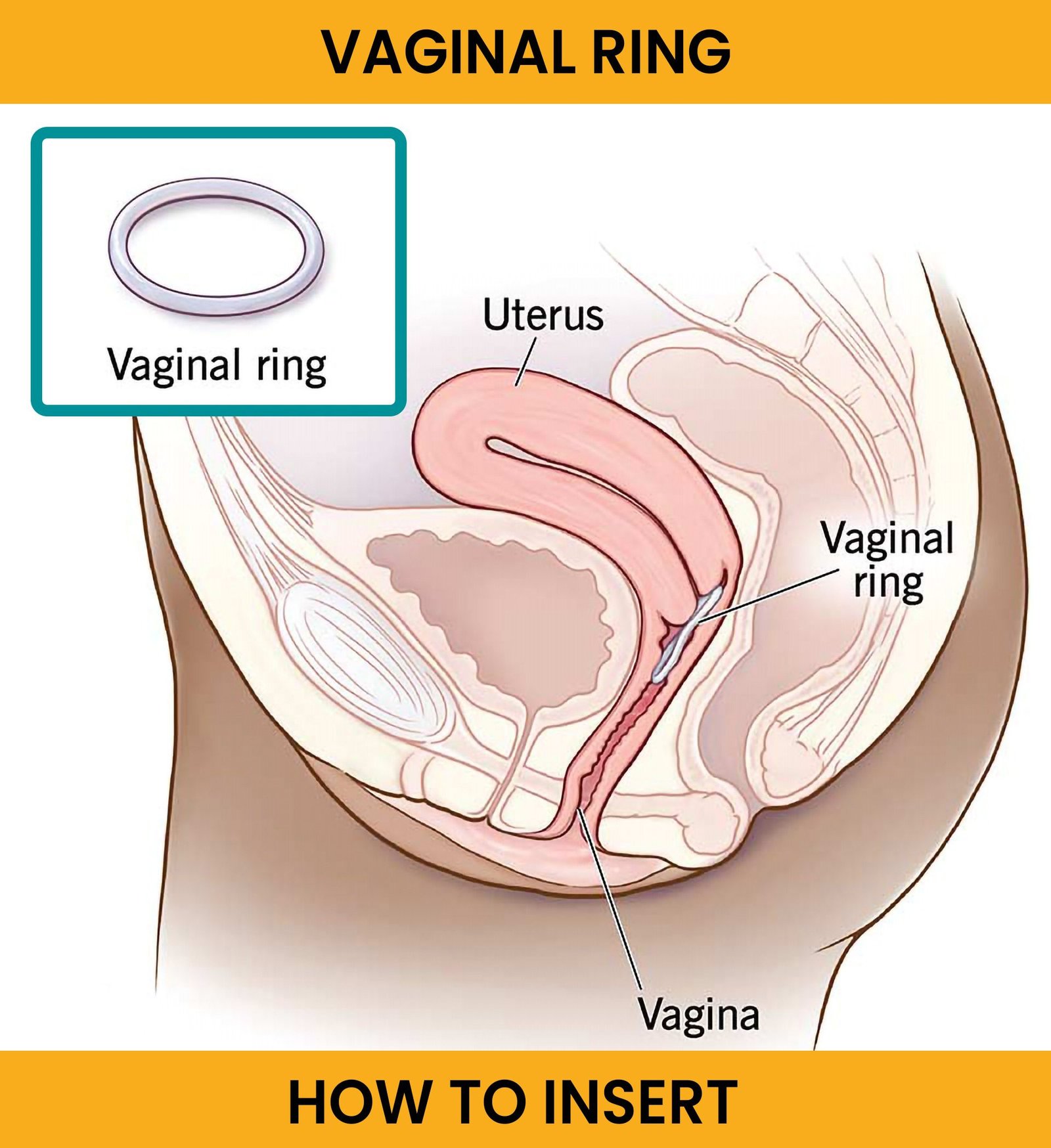
Choosing the Right Vaginal Ring
Selecting the appropriate vaginal ring involves careful consideration and consultation with healthcare professionals. Individual health needs, lifestyle, and reproductive goals should be taken into account. This personalized approach ensures that the chosen vaginal ring aligns seamlessly with the user’s unique circumstances.
Insertion and Removal: A Step-by-Step Guide
While the insertion and removal of a vaginal ring may seem intimidating at first, a step-by-step guide simplifies the process. Common misconceptions can be dispelled, and user confidence can be enhanced through proper education and guidance.
Potential Side Effects
As with any medical intervention, vaginal rings may have potential side effects. Temporary discomfort during the initial usage period is common, but this typically subsides. Additionally, while allergic reactions are rare, users are advised to consult healthcare providers promptly if such reactions occur.
Real-life Experiences
Testimonials from users further highlight the positive impact of vaginal rings on their lives and reproductive choices. These real-life experiences offer insights into the effectiveness and satisfaction users derive from incorporating vaginal rings into their health routines.
Future Developments in Vaginal Ring Technology
Ongoing research aims to enhance the technology behind vaginal rings, introducing improvements and addressing user feedback. Innovations in hormonal regulation and refinement of the overall user experience are key focus areas for future developments.
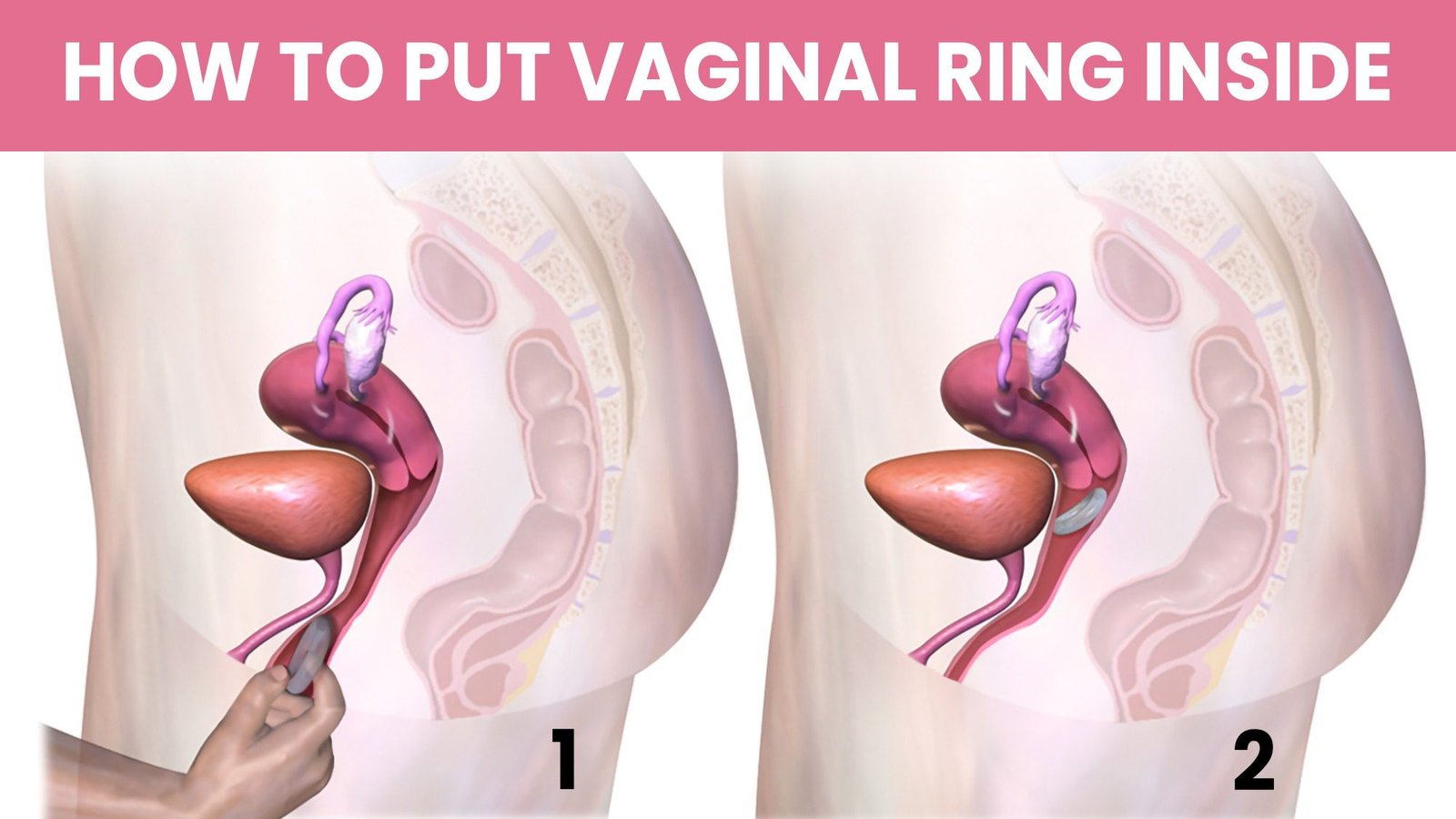
Frequently Asked Questions:
-How does a vaginal ring work?
-The vaginal ring’s mechanism involves the gradual release of hormones, preventing ovulation and altering cervical mucus to impede sperm movement. This dual-action approach ensures effective contraception.
-Is it painful to insert a vaginal ring?
-Inserting a vaginal ring is typically painless. This user-friendly procedure can be done at home, emphasizing the convenience of this contraceptive method.
-Can the vaginal ring be felt during intercourse?
–Designed for discretion, the vaginal ring should not be felt during intercourse. Its placement ensures optimal comfort and functionality.
Conclusion
In conclusion, vaginal rings stand as a testament to the continuous evolution of women’s health solutions. Their multifaceted benefits, from effective contraception to the management of health conditions, make them a valuable choice for individuals seeking a reliable and convenient method. By empowering women to make informed decisions based on their unique needs, vaginal rings contribute significantly to the broader landscape of reproductive health.
Previous Post





